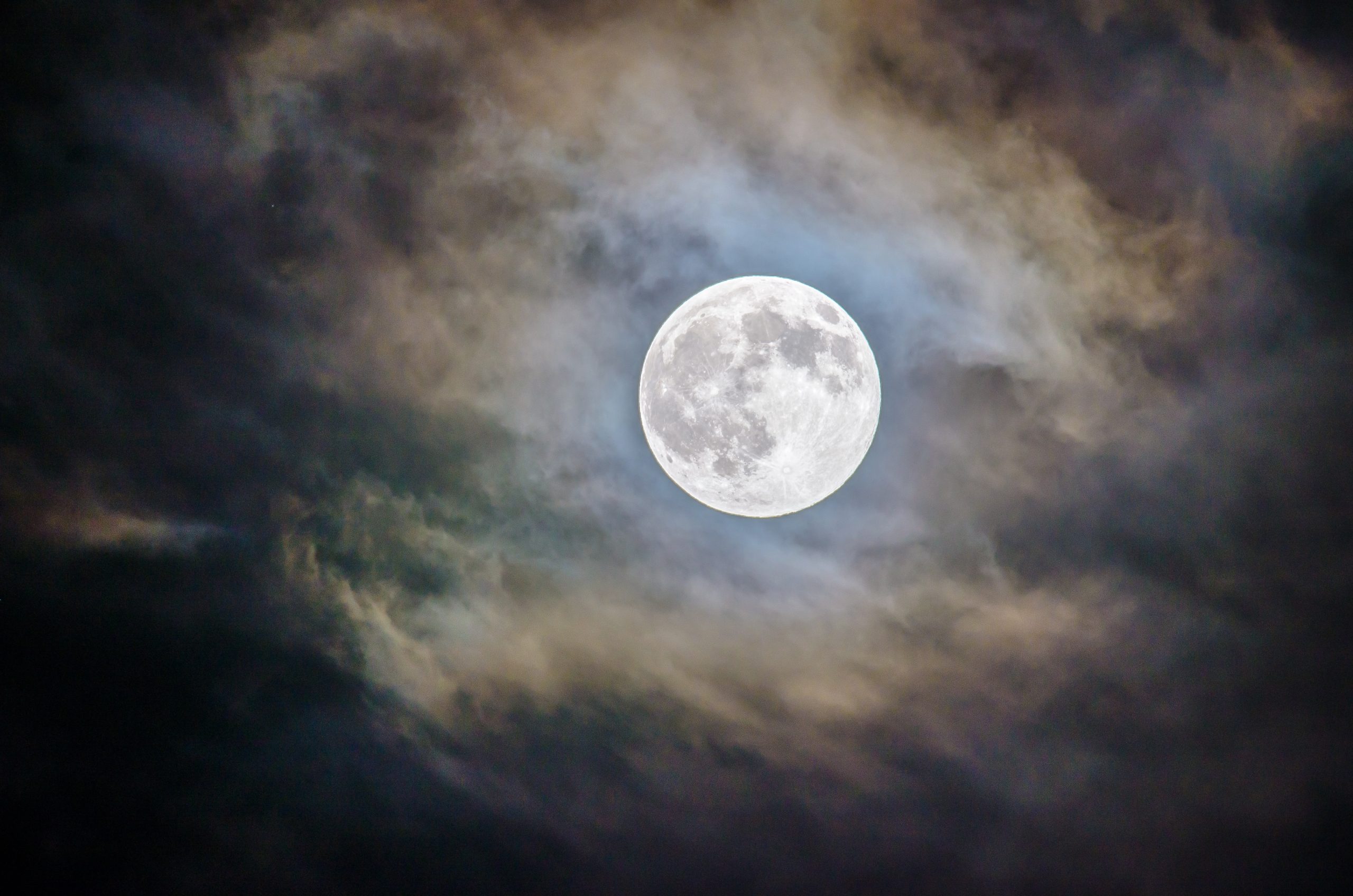Celtic History in Ireland: Unraveling the Mysteries of Ancient Ireland
The history of Ireland is deeply rooted in the ancient Celtic civilization, which thrived on the island for thousands of years. Celtic culture, with its rich traditions and mythology, laid the foundation for Irish identity and played a crucial role in shaping the country’s heritage. In this blog post, we will delve into the captivating world of Celtic history in Ireland, exploring its origins, society, religion, and significant historical events.
1. Origins of Celtic Civilization
The Celtic civilization originated from the Iron Age Indo-European tribes, who migrated from Central Europe around 500 BCE, although some theories suggest their presence as early as 1000 BCE. These migrating tribes brought with them their language, beliefs, artistic styles, and unique social structures.
The Celts were highly skilled metalworkers, known for their intricate gold jewelry and weaponry. They settled in various regions across Europe, from Spain to Anatolia, with Ireland becoming one of their prominent strongholds.
2. Celtic Society
Celtic society was organized into small, interconnected tribes led by chieftains and ruled by a system known as “tuath.” Each tribe operated independently and relied on agriculture, livestock rearing, and trade for their sustenance.
One of the defining characteristics of Celtic society was their strong emphasis on oral tradition and storytelling. Bards, known as filí, held immense respect and were tasked with preserving the tribe’s history, genealogy, and mythology through elaborate poems and tales.
3. Celtic Religion and Mythology
The Celtic religion was steeped in spiritual beliefs tied closely to nature and the land. They worshipped a pantheon of gods and goddesses, whose powers were associated with natural elements, such as rivers, mountains, and forests.
One of the most significant deities in Celtic mythology was Lugh, considered the god of kingship, skills, and arts. Other notable deities included Nuada, Brigid, and Morrígan. Their belief system incorporated rituals, sacrifices, and sacred landscapes, marked by stone circles, burial mounds, and holy wells.
4. Early Celtic Ireland
Early Celtic Ireland witnessed the emergence of powerful clans, such as the Ulaid, Laigin, and Connachta, who vied for control over the island’s resources. The division of Ireland into multiple kingdoms and the constant struggle for dominance shaped the geopolitical landscape.
The Celtic tribes in Ireland also faced numerous invasions, including the Vikings in the 8th century and the Anglo-Norman invasion in the 12th century. These invasions had a lasting impact on the culture and customs of the Irish people.
5. Notable Historical Events
The Celtic history of Ireland is marked by significant events that shaped the country’s destiny. One of the most famous events is the Battle of Clontarf in 1014, where the High King Brian Boru led an Irish and Viking coalition to victory against the forces of Viking King Sitric of Dublin.
Another pivotal moment was the arrival of Saint Patrick, who introduced Christianity to Ireland in the 5th century. This event had a profound effect on Irish society, ultimately leading to the Christianization of the island and the establishment of monastic centers.
Furthermore, the 19th and 20th centuries were marked by political movements seeking Irish independence from British rule. Figures like Daniel O’Connell, Charles Stewart Parnell, and the Easter Rising of 1916 were instrumental in shaping Ireland’s modern history.
6. Celtic Legacy in Modern Ireland
Despite the centuries of social, political, and religious change, the influence of Celtic culture remains deeply embedded in modern Ireland. The language, music, and traditional arts continue to thrive, celebrating the rich heritage inherited from the Celts.
Celtic symbols, such as the triskelion, the shamrock, and the Celtic knot, are widely recognized as emblems of Irish identity worldwide. Festivals, like St. Patrick’s Day and the Oireachtas na Gaeilge, honor the Celtic roots and contribute to the preservation of their heritage.
Conclusion
The history of Celtic Ireland is a captivating tale of migration, tribal societies, mythology, and significant historical events. The Celts played a pivotal role in shaping the identity and cultural fabric of Ireland, leaving a lasting legacy that continues to resonate to this day.
Exploring the intricate threads of Celtic history invites us to appreciate the profound impact of these ancient people on Ireland’s language, arts, and traditions. By delving into their mythology and understanding their societal structures, we gain a deeper understanding of the roots that have molded Ireland into the captivating place it is today.
References:
- Irlande Découverte – Celtic Civilization
- Library Ireland – Celtic Heroic Age
- World History Encyclopedia – Celtic Religion
- Ireland.com – Ancient Ireland
Table of Contents
